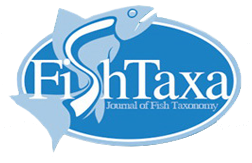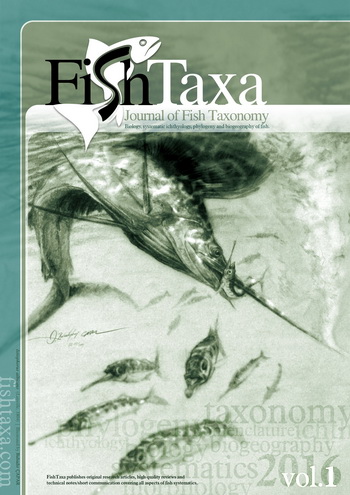Utilizing Deep Learning for Morphological Analysis of Fish Species in Large Databases
Sarah T. Wilkes Department of Environmental Studies, Coastal Research Institute, Sydney, Australia.
Abstract
With the use of Deep Learning algorithms, it is conceivable to identify the object characteristics in an image or video frame as a collection of landmarks. To regulate the size of the fish and the location of its mouth and fins, eight landmarks are aligned after object identification and image segmentation are completed to isolate a fish in an image. This study included four common Mediterranean fish species: Diplodus palazzo, Sparus aurata (sea bream), Dicentrarchus labrax, and Merluccius merluccius (cod fish). Fish farms are used to raise the first three of these species. Ichthyologists are thus particularly interested in tracking these fishes' morphological characteristics in their natural habitat, and the suggested approach can help with this. Convolution neural networks and OpenCV were used in Python and MATLAB applications to build the suggested approach. Furthermore, we offer a thorough analysis of the leading deep learning methods for monitoring fish habitat, such as segmentation, classification, enumeration, and localization. Additionally, we evaluate several DL approaches in the underwater fish monitoring domains and investigate publically accessible datasets. We also review some of the difficulties and possibilities in the new area of deep learning for analyzing fish habitats. This publication is intended to guide marine researchers who wish to gain high-level knowledge of DL, follow our detailed tutorial to build it for their applications, and observe how it is developing to support their research. Additionally, it is appropriate for computer scientists who wish to examine cutting-edge DL-based techniques for monitoring fish habitat.

